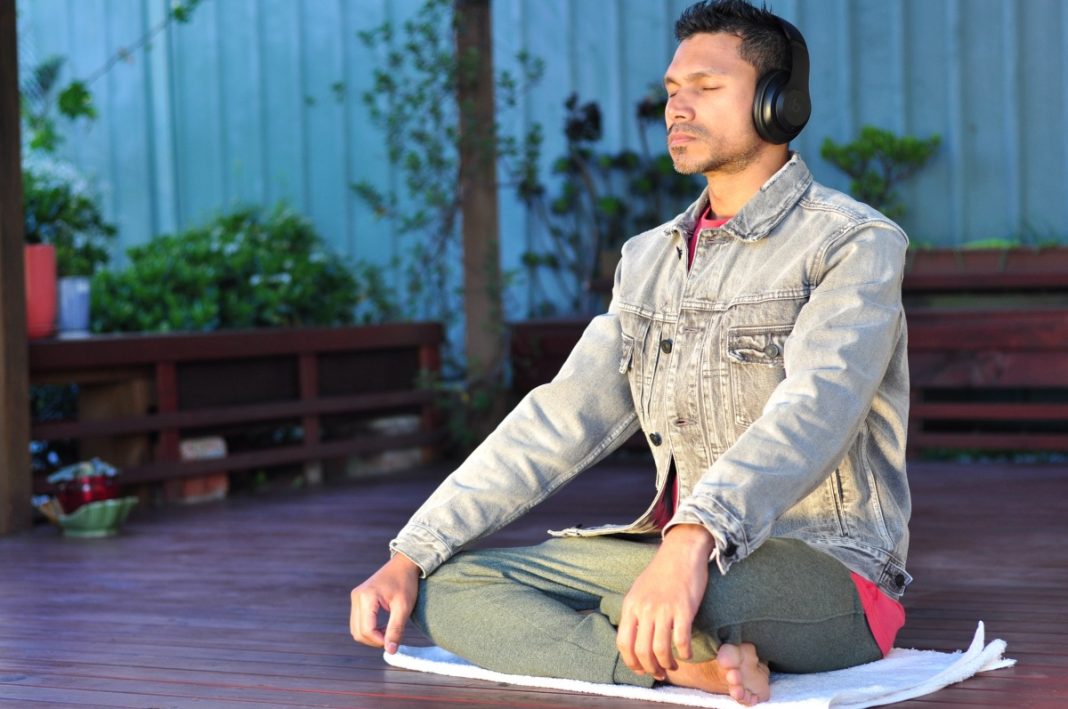Meditation is often portrayed as an elusive practice, something that requires intense concentration or stillness. For some, the challenge of quieting the mind can feel like a monumental task, especially for those with active minds and busybodies. However, meditation doesn’t always have to involve sitting in silence. There are many ways to engage in meditative practices, even for those who find it difficult to stay still. Here’s a guide to understanding and embracing meditation, no matter where you are on your journey.
The Struggle with Stillness
For some people, like those with fast-paced lives or active minds, sitting still and quieting the mind can feel nearly impossible. If you’re someone who constantly feels the need to move or finds their thoughts racing, you’re not alone. This struggle is not uncommon, especially for individuals who are wired for action. However, the key to meditation isn’t forcing stillness—it’s about finding ways to quiet the mind, whether through traditional means or incorporating movement.
For those whose minds and bodies are always in motion, slowing down can often lead straight to sleep. As a result, finding the right form of meditation can take time and experimentation.
What Is Meditation?
Meditation is a practice of quieting the mind and connecting with your inner self. It allows you to tap into intuition, reflect on your desires, and even engage in deeper conversations with God. In its simplest form, meditation is about creating space for stillness, whether mentally, physically, or emotionally.
Meditation doesn’t have to be about sitting still in a quiet room for hours. It’s a process of tuning out the noise of daily life and focusing inward, which can be done in various ways.
How to Start Meditating
For those who find it challenging to meditate, a simple starting point is focusing on your breath. This is how many people begin their meditation journey, and it’s often part of practices like yoga.
1. Breath as a Meditation Tool
One of the most effective ways to start meditating is through breath awareness. When practicing yoga, for instance, breathing techniques like ujjayi breathing (a focused, conscious form of breath control) help center the mind and body. By focusing solely on your breath, you engage in a form of meditation that quiets mental distractions and keeps you present in the moment.
Yoga helped many individuals ease into meditation because it required conscious, deliberate breathing—training the mind to focus on one task. You don’t need to practice yoga to use this technique, but it’s a powerful introduction to meditation by honing in on the breath.
2. Give Yourself Time to Be Quiet
It’s crucial to carve out time for stillness, even if just for a few minutes. This can be the hardest step, especially if you’re used to constant activity. Rather than rushing to fill every moment with tasks, set aside time to sit without distractions. Turn off the TV, put down the phone, and resist the urge to stay busy.
Initially, this quiet time may feel uncomfortable or unnatural, but it’s an essential part of learning how to meditate. Eventually, the practice will become more natural, and you’ll find moments of calm amidst your day.
Moving Meditations
For those who struggle with traditional forms of meditation, moving meditations offer an alternative approach. These activities allow you to engage in meditation while moving, providing both mental clarity and physical engagement.
1. Coloring as Meditation
Colouring is a surprisingly effective way to enter a meditative state. It keeps the hands busy while allowing the mind to relax. You can even keep a notepad nearby to jot down any intuitive thoughts that arise while colouring. It’s a simple activity that doesn’t require much focus, allowing your mind to wander peacefully.
2. Labyrinth Walking
Labyrinth walking is another form of moving meditation. Unlike a maze, a labyrinth leads you through a winding path without dead ends, creating a calming journey toward a center. Walking a labyrinth offers a structured, peaceful environment for reflection. Many churches and spiritual centers have labyrinths available for public use, offering a space to walk, meditate, and connect with your inner self.
For a more portable option, small wooden labyrinths are available in bookstores. These come with sand or other materials that you can trace with your finger, providing the same calming experience without needing to leave home.
3. Drumming Meditation
Drumming can also be a form of moving meditation. Using a drum filled with small beads, you can create soothing, rhythmic sounds that resemble the ocean’s tide. The act of drumming, combined with the sound, creates a relaxing environment that can help release tension and promote mental clarity. This method is particularly helpful for those who find it difficult to sit still, as it allows for movement while still encouraging mindfulness.
Creative Meditation
If movement is not enough, creative outlets like journaling can also serve as a meditative practice. Journaling is a way to explore thoughts, emotions, and ideas without overthinking them.
1. Journaling as Meditation
Journaling allows your mind to flow freely without judgment. When journaling with a meditative approach, the goal is to let your thoughts spill onto the page, guided by intuition. This practice helps you access deeper thoughts and emotions, giving your mind the space to reflect without interruption. It can be a powerful tool for self-expression and personal growth, especially when used as a form of creative meditation.
In Conclusion
Meditation is not a one-size-fits-all practice. For those who find it difficult to sit still or quiet their mind, moving meditations, creative outlets, or breath-focused practices can be the key to unlocking the benefits of meditation. Whether through walking, drumming, or journaling, the goal remains the same: to create space for reflection, intuition, and connection with your inner self.
The important takeaway is that meditation can take many forms—there’s no single way to meditate. Find what works for you, whether it’s through movement, creativity, or quiet stillness, and use it to bring calm and clarity into your life.







